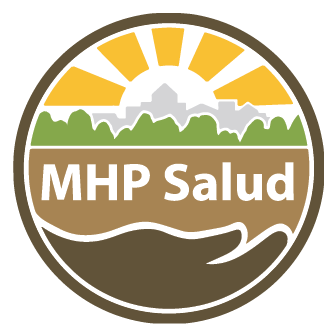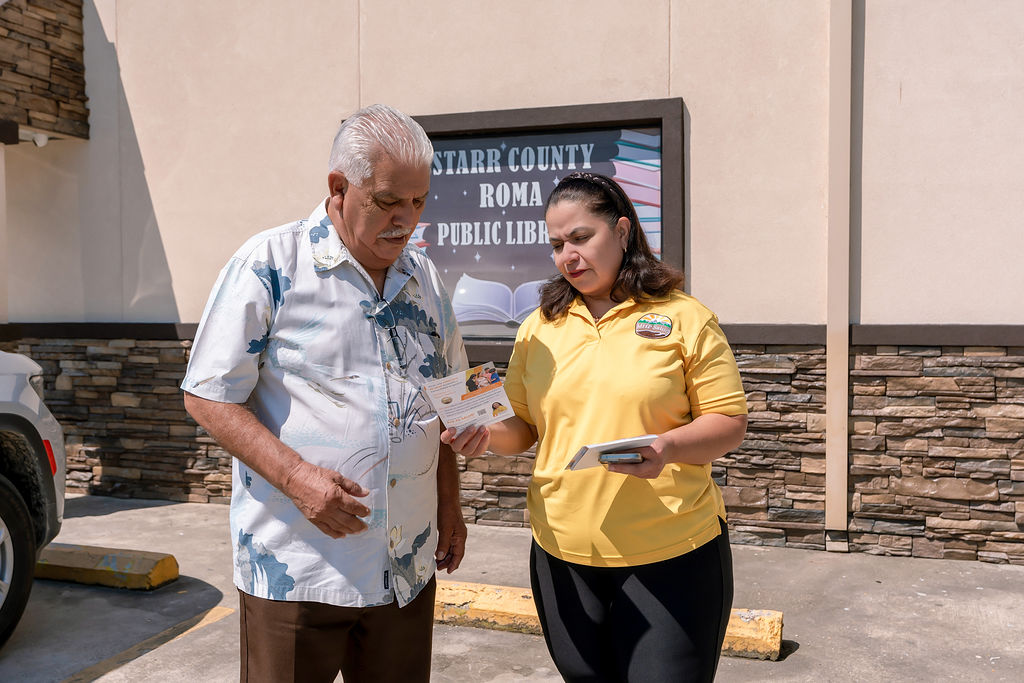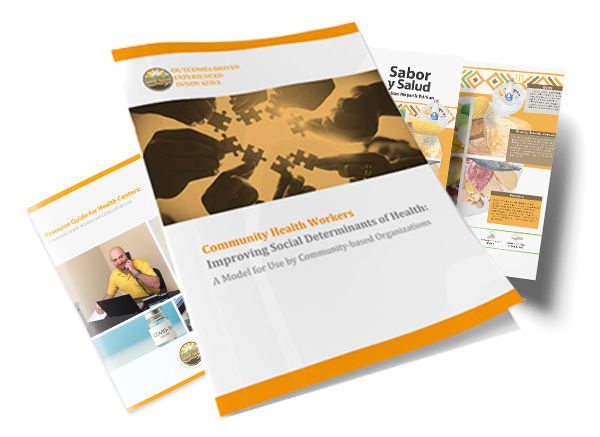Best Practices to Reach Older Adults: Community Health Workers
The numbers alone are compelling.
Among 3,000 older adults MHP Salud served in the Rio Grande Valley and surrounding South Texas communities in 2023:
- 95 percent were considered “low-income,” living at or below 250 percent of the federal poverty level;
- Nearly half lived alone;
- 61 percent possessed less than a high school education;
- 35% needed help translating important information;
- 29% struggled with food insecurity; and
- 21% struggled paying utility bills.
With 96 percent of the targeted population identifying as Latino/Hispanic, the need to reach and serve this population in a culturally and linguistically appropriate manner was critical — fortunately, that’s the heartbeat of MHP Salud: Community Health Workers (CHWs).
As members of the communities themselves, CHWs possess a deep knowledge of the culture and language(s), as well as intricate understanding of the local resources available — and how to tap into them.
Throughout 2023, our CHWs served South Texas older adults through health education and application assistance programs, helping this population understand the importance of nutrition, physical activity, mental and social health, and more. But they went further, developing relationships to understand the unique challenges facing each one and providing individual support and assistance to connect them with community resources and organizations for help with food, housing, utility support and more.
Yet, perhaps one of the most impactful means of support was through MHP Salud’s dedication to application assistance, walking older adults through the complex applications for health insurance, SNAP and other resources to alleviate significant health and financial stress.
In fact, because of MHP Salud’s support, older adults in our 2023 programming received an average of $4,300 in public benefits — and that’s on the conservative end. And because of this support, the numbers in early 2023 drastically changed by the end of the year:
- 14 percent who indicated they needed literacy and translation services no longer needed them;
- 26 percent who struggled with food insecurity no longer struggled; and
- 21 percent who struggled paying utility bills no longer did.
The impact is indisputable. And, thanks to a grant from AARP Foundation that funded our evaluation of the impact of our CHW-led programming on older adults, the full report is available for download here.
What’s more, the evaluation also allowed us to dive deep into some of the barriers to engagement and, more importantly, the strategies and solutions that allow CHWs to break those barriers and build the trust that leads to positive outcomes. A snapshot of the barriers, solutions and most effective outreach strategies is available here: Best Practices to Engage Older Adults.





